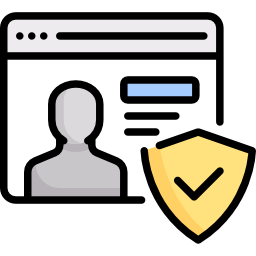20 activities of high-performing agile organizations
that need to be supported by a software
We believe that these activities are essential for agile organizations to become highly performing and form a coherent whole.
Some of these activities could be carried out without dedicated software. However, if they are too complicated or time-consuming, the actors who are supposed to perform them will probably give up and will not perform them.
In this case, the organization is unlikely to become high-performing and may revert to a hierarchical model.
Some of these activities could be carried out without dedicated software. However, if they are too complicated or time-consuming, the actors who are supposed to perform them will probably give up and will not perform them.
In this case, the organization is unlikely to become high-performing and may revert to a hierarchical model.
These activities are carried out either at the individual, team, or corporate level.
Corporate level :
- Structure the organization in order to implement profitability dynamics,
- Identify teams and clarify responsibilities,
- Communicate the vision (North Star) and give a sense of meaning and purpose in their work,
- Constantly communicate and realign teams to the changing strategy and needs of clients,
- Monitor the results and the means implemented by teams with alerts capabilities,
- Communicate to each team its regulatory obligations,
- Highlight accomplishments and desired behaviours,
- Make each team understand the impact of their work on other teams and customer satisfaction,
Team level :
- Self-assess, then archive and share solutions that work,
- Discuss online to avoid meetings and emails with social and collective intelligence tools,
- Optimize or digitalize its process and implement performance improvement and collective learning practices in order to be efficient, to control its environment and to achieve the performance objectives expected by customers and positioning,
- Describe and share your process,
- Share good practices and questions/answers from the process,
Individual level :
- To have access to the list of collaborators and the skills of each one,
- Exchange and create a community for each skill.
Individual, team and corporate levels :
- Create projects, and send and track tasks,
- Manage employees' ideas to achieve objectives,
- Report and process incidents,
- Securely share organizational data to avoid tedious information searches and provide a shared global view,
- Manage its risks in collaboration with risk managers.

